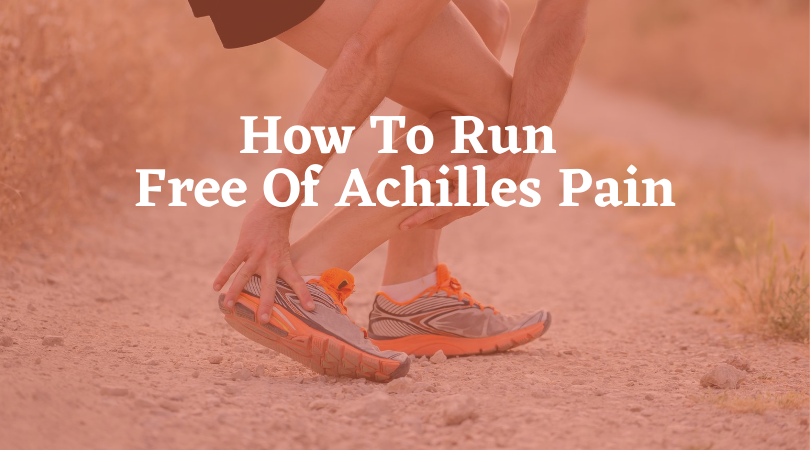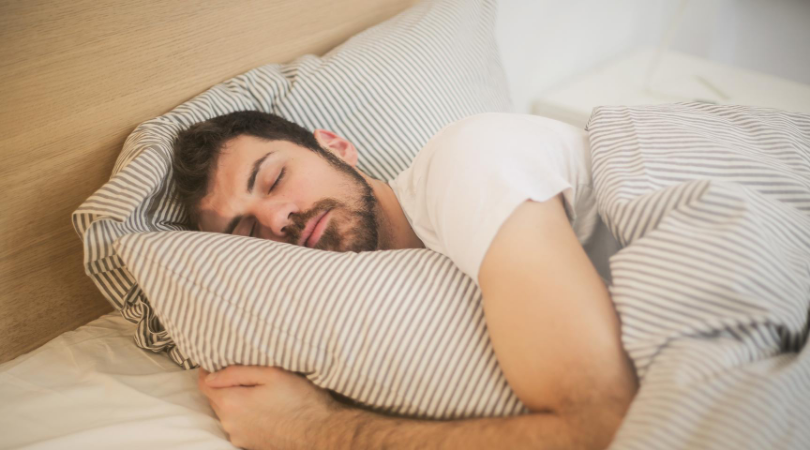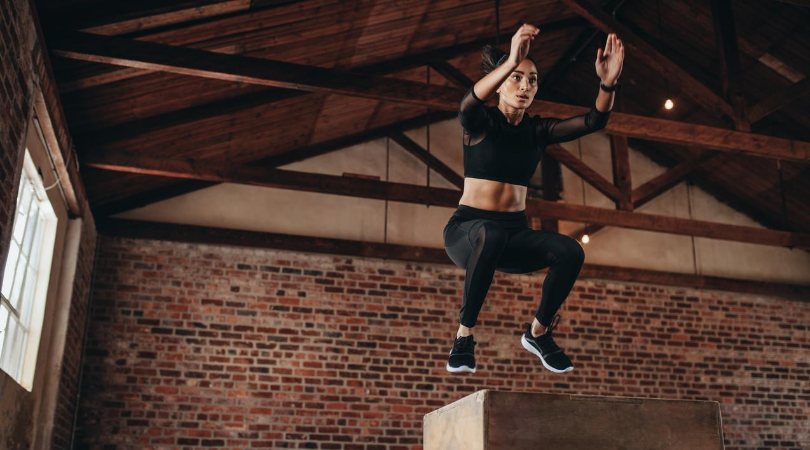How To Run Free Of Achilles Pain

Recurring achilles pain can be common, particularly in masters runners. So, this blog is designed to be your guide. To see if there is anything within your routine you can change to lower your risk of another flare-up.
Avoid acute spikes in training load
The majority of running-related injuries are due to spikes in load, beyond your body’s ability to cope. When we consider the achilles tendon, increasing speed & uphill terrain will require enormous demands, especially if combining the two together. This is the easiest factor to identify and modify. However, we do not want to completely eliminate these variables because this only results in the tendon becoming weaker. So, keep running intervals and hills but be careful and stay within your adaptation zone.
Achilles pain & lifestyle factors
Above is an example of the tendon exceeding its own load capacity. However, lifestyle factors can also reduce the load tolerance. In other words, a runner who is running the same load week by week will increase the risk of overload injuries if they experience increased stress, a reduction in good quality sleep, or have changes in medication. If these lifestyle fluctuations are picked up and training is modified accordingly, you can reduce your risk of injury. For example, if over a particular week you are moving house or experience a temporarily stressful situation at work, reduce the intensity of your running sessions.

Build Strength of the entire leg & hip
Individuals with Achilles problems are reported to have reductions in muscle activity of the shin, thigh, calf and hip muscles. So strength work is key! You also want to make sure your legs have strength, endurance and power. This is explained in my blog how to strengthen your calves for running. A quick tip is to assess the quality of your hopping, and ensure the spring, power, strength & endurance is similar to your unaffected side.
Consider changing strike pattern or footwear
Lastly, you may need to consider changing your strike pattern or footwear. Runners who first make contact with the ground towards their toes will demand more of the achilles compared to heel strikers. Similarly, those who run with zero drop shoes or minimalist shoes require the same high demand. Under the right guidance, making a few tweaks in your running approach may shift some load away from the achilles and toward other stronger sections.

Relevant Blog posts:
- How do I run more without injury?
- How to strengthen your calves for running
- Do I need strong feet for running?
